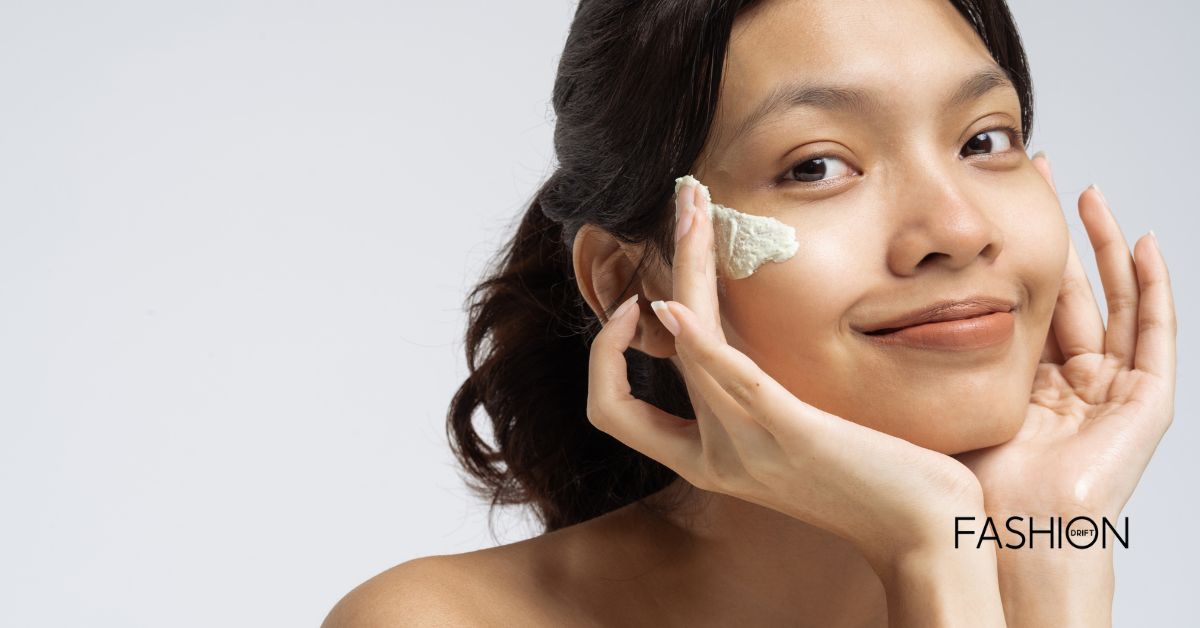
Are you tired of searching for the perfect skincare routine? Do you find yourself overwhelmed by the number of products available in the market? Don’t worry; you’re not alone. Building a personalized skincare routine can seem like a daunting task, but with a few tips and tricks, you can create a routine that works for your unique skin type and concerns.
In this blog post, we will discuss how to build a personalized skincare routine that is tailored to your skin type and concerns. We’ll cover the basics of skincare, how to determine your skin type, the different concerns that you may have, and how to choose the right products for your routine. So, let’s get started!
Understanding the Basics of Skincare
Before we dive into creating a personalized skincare routine, let’s discuss the basics of skincare.
The three essential steps of any skincare routine are cleansing, toning, and moisturizing. Cleansing removes dirt, oil, and makeup from your skin. Toning helps to balance your skin’s pH level while moisturizing hydrates and protects your skin.
Apart from the three essential steps, you can also add other steps to your skincare routine. These may include using a serum, exfoliating, or applying a face mask. However, it’s essential to remember that a skincare routine doesn’t need to be complicated to be effective. In fact, keeping it simple is often the best approach.
Determining Your Skin Type
The first step in building a personalized skincare routine is to determine your skin type. Your skin type can be classified into four categories: oily, dry, combination, or sensitive. Understanding your skin type can help you choose the right products for your routine.
To determine your skin type, follow these steps:
-
Wash your face with a gentle cleanser.
-
Wait for an hour without applying any products.
-
Observe your skin in a mirror and note any changes.
If your skin feels tight, dry, and flaky, you have dry skin. If your skin feels oily and shiny, you have oily skin. If you notice oiliness in the T-zone area (forehead, nose, and chin) and dryness in other areas, you have combination skin. If your skin feels itchy, red, and irritated, you have sensitive skin.
Identifying Your Skin Concerns
Apart from your skin type, you may also have specific skin concerns that you want to address. These may include acne, fine lines and wrinkles, hyperpigmentation, or dark circles. Identifying your skin concerns can help you choose the right products to target those concerns.
Choosing the Right Products for Your Routine

Once you’ve determined your skin type and concerns, it’s time to choose the right products for your routine. Here are some tips to help you choose the right products:
-
Look for products that are specifically designed for your skin type. For example, if you have dry skin, look for products that are hydrating and nourishing.
-
Choose products that target your specific skin concerns. For example, if you have acne-prone skin, look for products that contain salicylic acid or benzoyl peroxide.
-
Read product labels carefully to ensure that they don’t contain any ingredients that may irritate your skin. For example, if you have sensitive skin, avoid products that contain fragrances or alcohol.
-
Start with a highlighting makeup and gradually add more products as needed. Overloading your skin with too many products can lead to irritation and breakouts.
-
Consider incorporating natural and organic products into your routine. These products can be gentler on your skin and may not contain harsh chemicals that can damage your skin in the long run.
Now that you have a better understanding of the basics of skincare, your skin type, and your concerns, it’s time to create your skincare daily routine routine. Here’s how to get started:
-
Cleanse: Start by cleansing your face with a gentle cleanser. Use lukewarm water to avoid stripping your skin of its natural oils. Gently massage the cleanser into your skin for a few minutes before rinsing it off.
-
Tone: After cleansing, use a toner to balance your skin’s pH level. Apply the toner to a cotton pad and gently wipe it across your face.
-
Serum: If you have specific skin concerns, consider adding a serum to your routine. Serums contain a high concentration of active ingredients that target clear skin tips concerns. Apply the serum after toning and wait a few minutes for it to absorb into your skin.
-
Moisturize: Finish off your routine with a moisturizer that is suited for your skin type. If you have dry skin, look for a rich, hydrating moisturizer. If you have oily skin, look for a lightweight, oil-free moisturizer.
-
Sunscreen: Don’t forget to protect your skin from the sun. Use broad-spectrum sunscreen with an SPF of 30 or higher every day, even on cloudy days.
-
Exfoliation: If you have dry or flaky skin, consider incorporating an exfoliator into your routine once or twice a week. Exfoliators help to remove dead skin cells and reveal smoother, brighter skin.
-
Face Mask: Face masks can be a great addition to your skincare routine as they help to target specific skin concerns. Use a face mask once a week for an extra boost of hydration, brightening, or detoxifying.
Conclusion
Building a personalized skincare routine may seem overwhelming, but with a few tips and tricks, it can be an enjoyable and rewarding experience. Start by understanding the basics of skincare, determining your skin type and concerns, and choosing the right products for your routine.
Remember to keep it simple, avoid overloading your skin with too many products, and be patient. Your skin may take some time to adjust to your new routine, but with consistent use, you’ll start to see the benefits. So, go ahead and create a personalized skincare routine that works for you and your unique skin type and concerns!





Comments (1)
Charli Msays:
13/07/2024 at 11:35Very interesting details you have remarked, regards for putting up.Raise your business